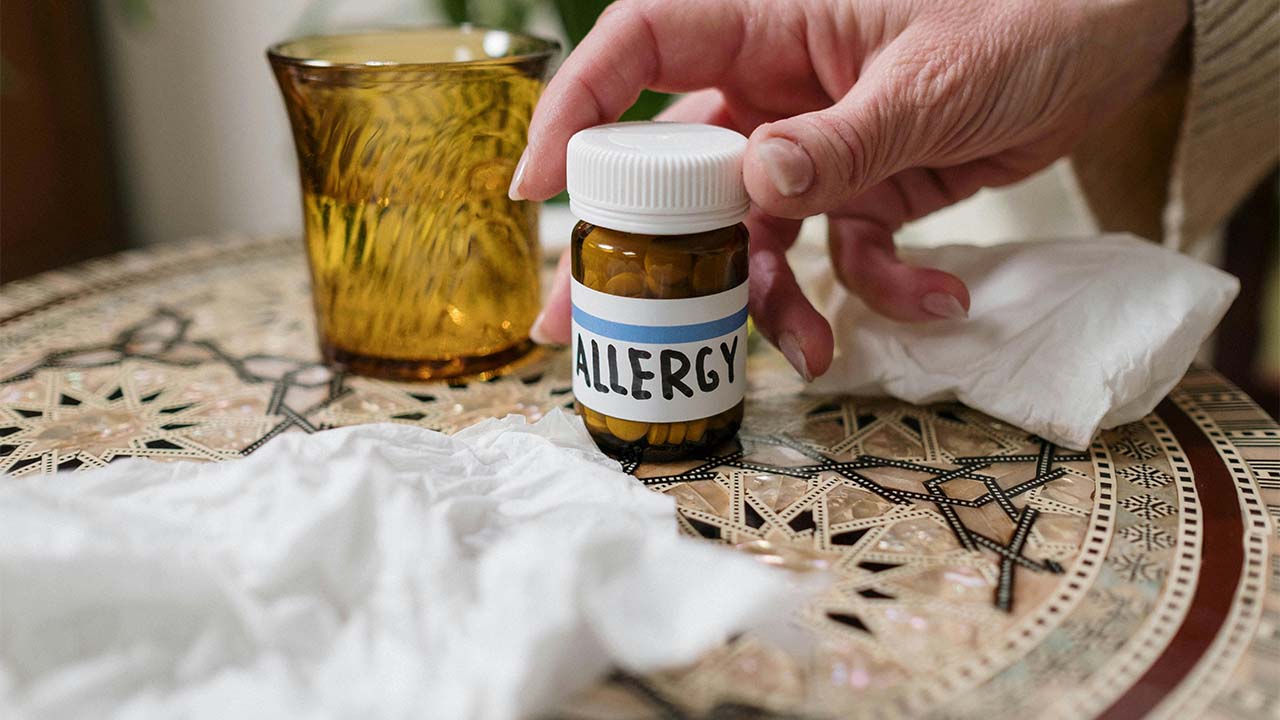Health (Commonwealth Union) – Anaphylaxis is a severe and potentially life-threatening allergic reaction that requires immediate attention and intervention. Characterized by a rapid onset of symptoms, anaphylaxis can be triggered by various allergens, ranging from foods and medications to insect stings. When looking into the key aspects of anaphylaxis, including its symptoms, causes, treatment, and the importance of awareness, several factors need to be taken into consideration.
The symptoms of anaphylaxis can manifest within minutes or seconds of exposure to an allergen and can affect multiple systems in the body. Common signs include difficulty breathing, swelling of the face and throat, a sudden drop in blood pressure, rapid or weak pulse, hives, and a feeling of impending doom. Individuals experiencing anaphylaxis may also exhibit gastrointestinal symptoms such as nausea, vomiting, and abdominal pain.
Causes and Triggers
Anaphylaxis can be triggered by a wide range of allergens, with common culprits including certain foods (such as nuts, shellfish, and eggs), insect stings (bee or wasp venom), medications (like antibiotics or nonsteroidal anti-inflammatory drugs), and latex. Some individuals may have a known allergy, while others may experience anaphylaxis for the first time without prior warning.
The severity of anaphylactic reactions can vary from person to person, and the same trigger may elicit different responses in different individuals. It is crucial for those at risk of anaphylaxis to be aware of their specific triggers and take preventive measures to avoid exposure.
Treatment and Epinephrine Administration
Prompt and appropriate treatment is essential when dealing with anaphylaxis. The first-line treatment for anaphylactic reactions is the administration of epinephrine, a hormone that rapidly reverses the symptoms. Epinephrine acts to constrict blood vessels, relax smooth muscles, and counteract the effects of histamine release, effectively stabilizing the individual’s condition.
Individuals at risk of anaphylaxis, including those with known allergies, are often prescribed an epinephrine auto-injector. This portable device allows for quick and easy administration of epinephrine in emergency situations. It is crucial for individuals and their caregivers to be trained on how to use the auto-injector correctly.
Emergency Medical Attention
Following the administration of epinephrine, individuals experiencing anaphylaxis should seek immediate emergency medical attention. Even if symptoms appear to improve after the administration of epinephrine, a secondary reaction may occur, highlighting the importance of professional medical evaluation and monitoring.
Preventing Anaphylaxis
Prevention is a key aspect of managing anaphylaxis, particularly for individuals with known allergies. This involves identifying and avoiding allergens, reading food labels carefully, and informing healthcare providers, schools, and workplaces about known allergies. Additionally, carrying an epinephrine auto-injector at all times and ensuring that it has not expired is crucial for those at risk.
Increasing Awareness
Public awareness of anaphylaxis is essential to ensure timely and appropriate intervention. Educational efforts should focus on recognizing the signs and symptoms of anaphylaxis, understanding individual triggers, and promoting the importance of carrying and using epinephrine auto-injectors. Schools, workplaces, and public spaces should also be equipped with the necessary resources and training to respond effectively to anaphylactic emergencies.
Anaphylaxis is a severe allergic reaction that demands swift and appropriate intervention. Understanding the symptoms, triggers, and treatment options is crucial for individuals at risk, their caregivers, and the general public. Increased awareness, coupled with proactive measures to prevent exposure to allergens and the availability of emergency treatments like epinephrine, can significantly improve outcomes for those experiencing anaphylaxis. Through education and preparedness, we can work towards creating a safer environment for individuals living with allergies.
Those vulnerable to anaphylaxis can also inform those whom they interact with a frequent basis such as teachers and other student in an educational setting and fellow colleagues in a corporate setting as to where they can find the epinephrine injection and how to administer it.








